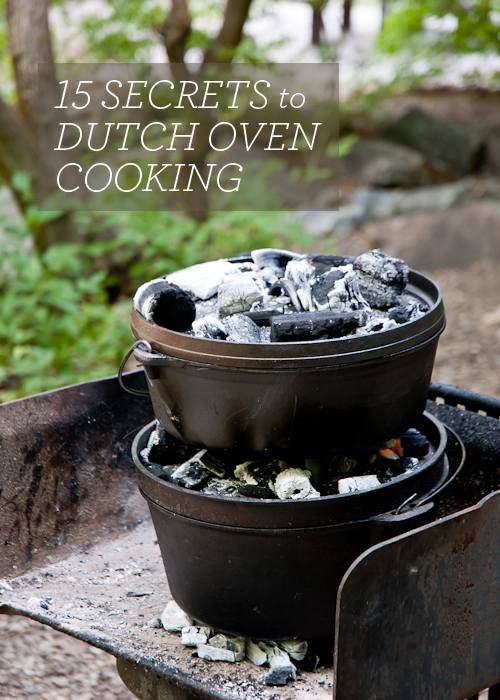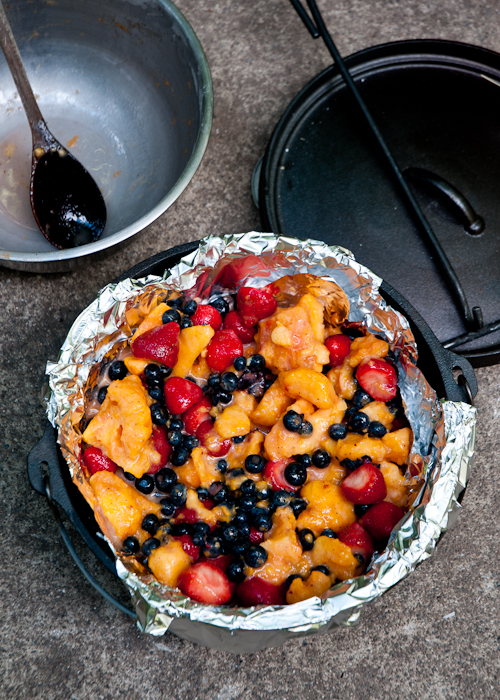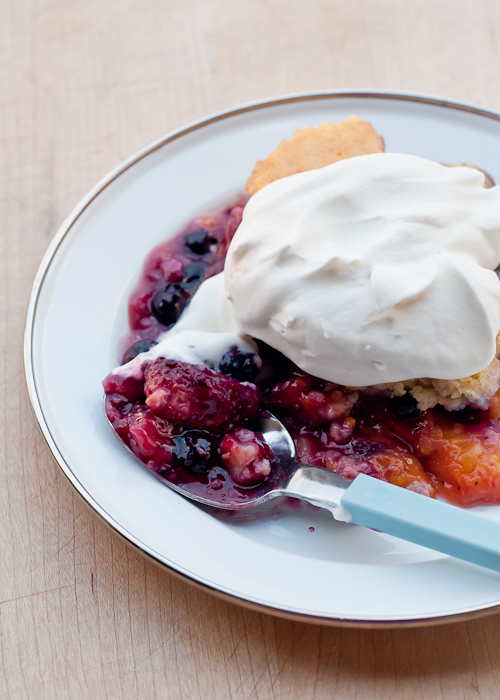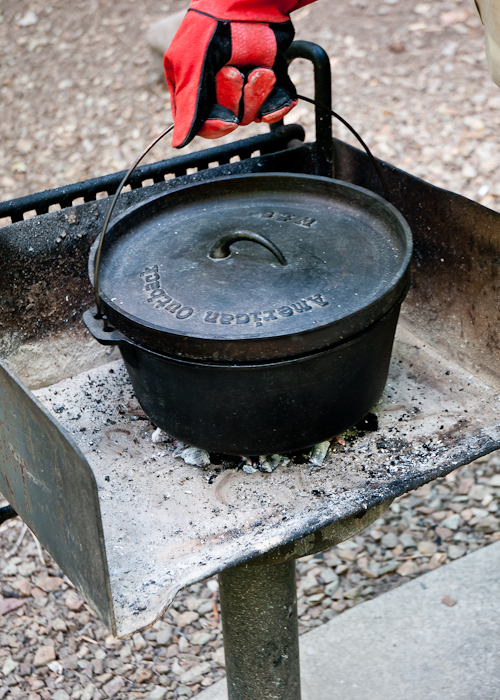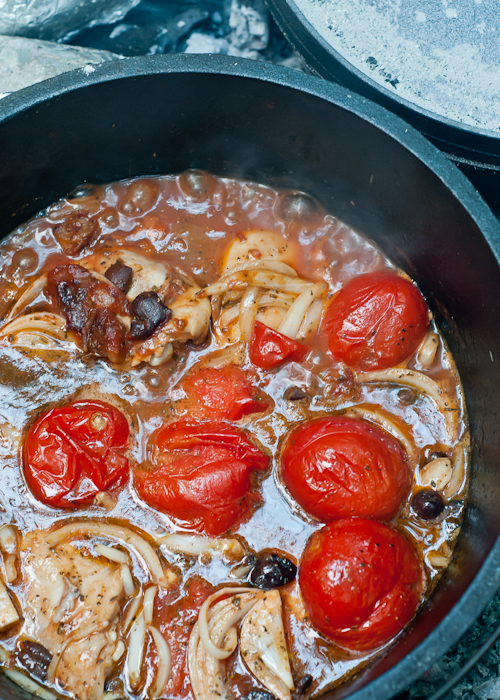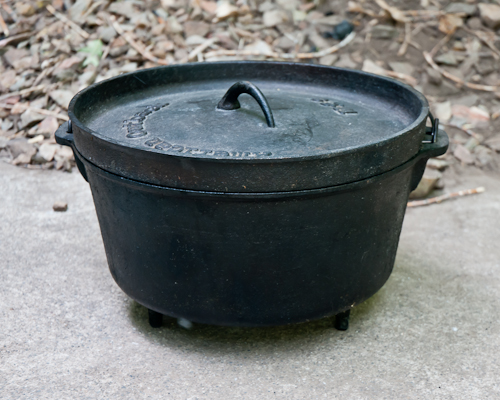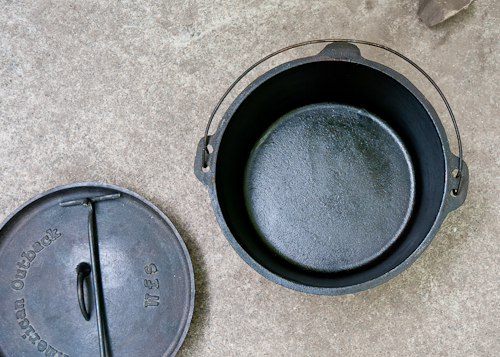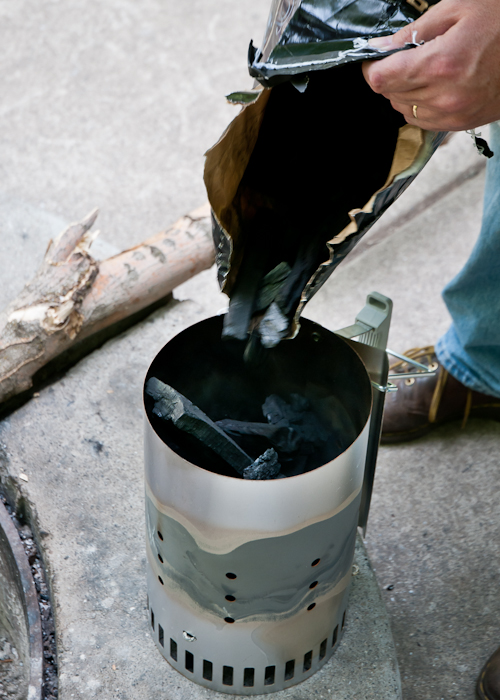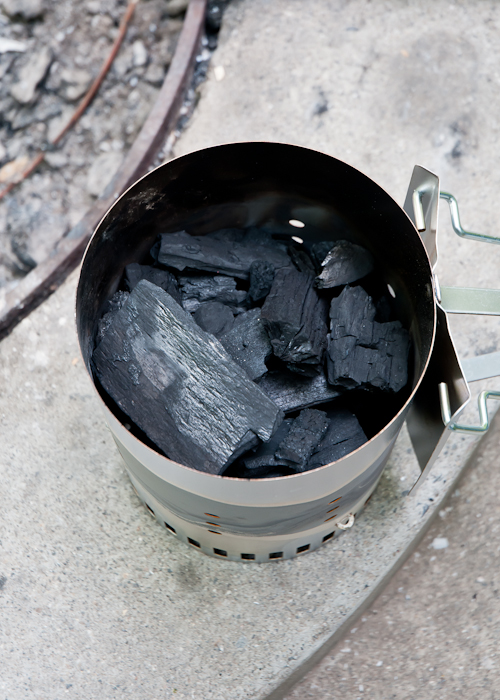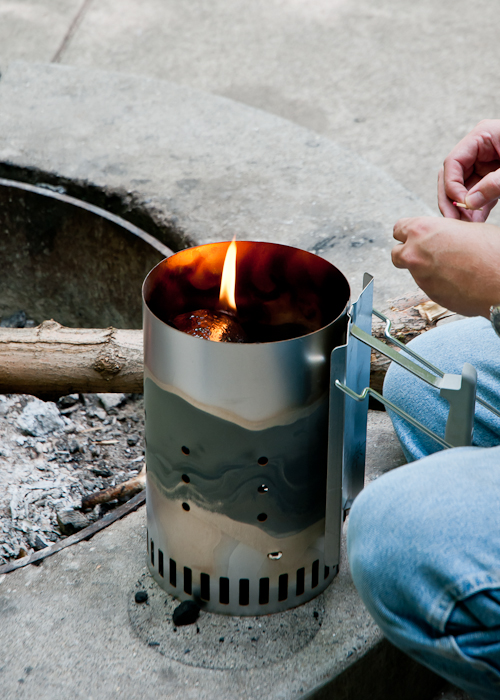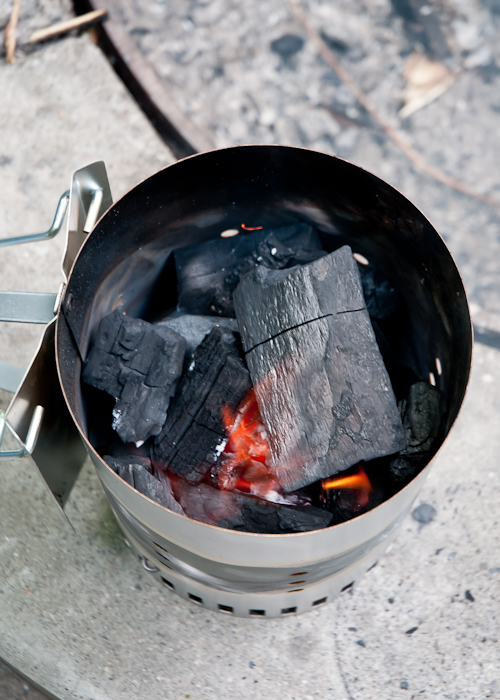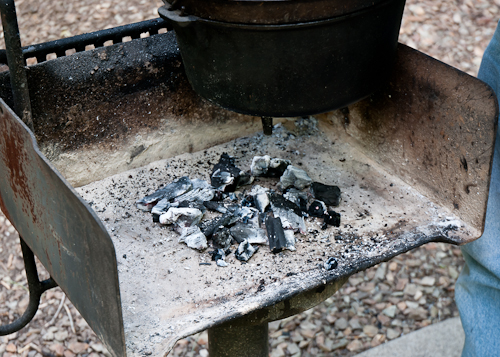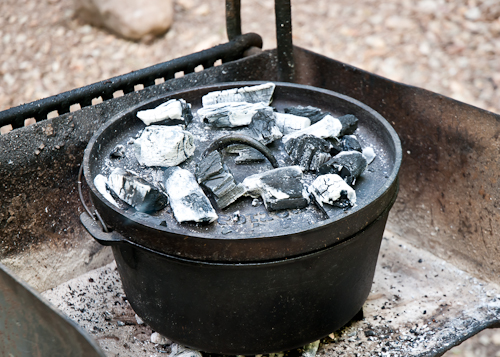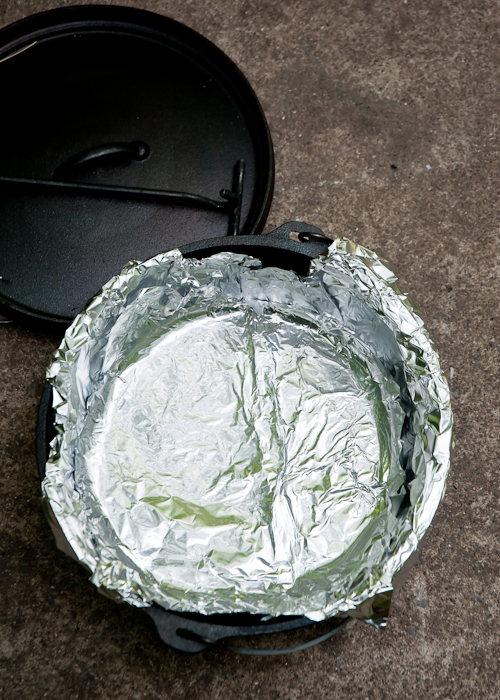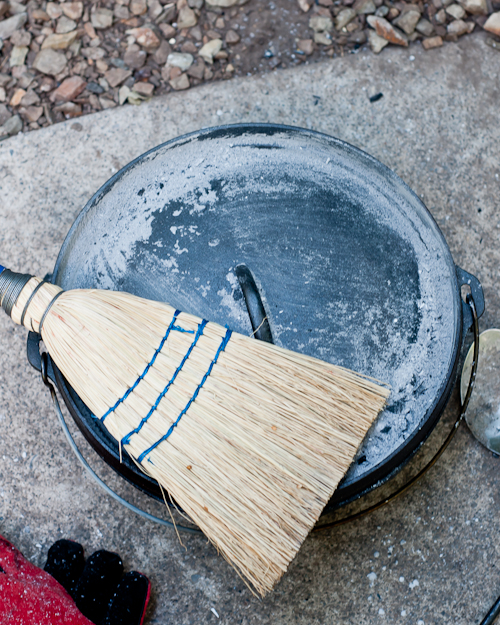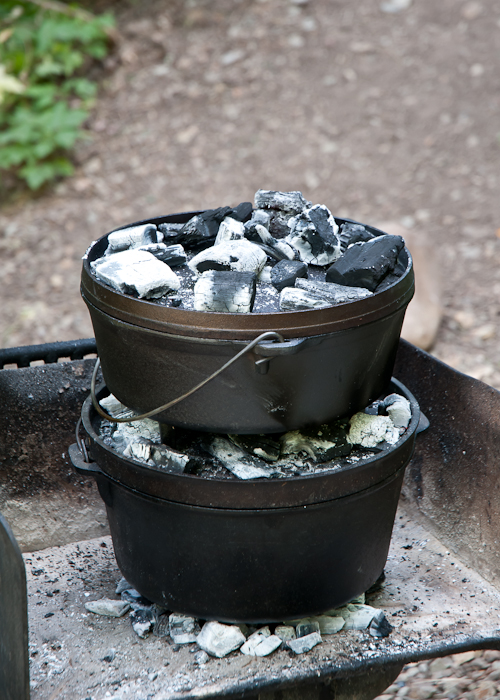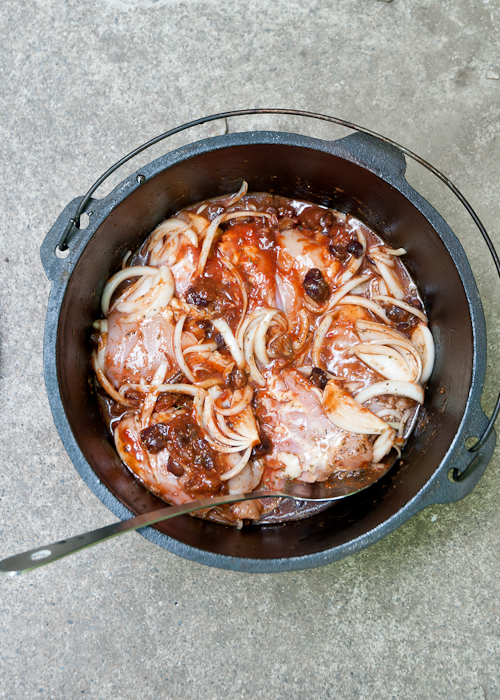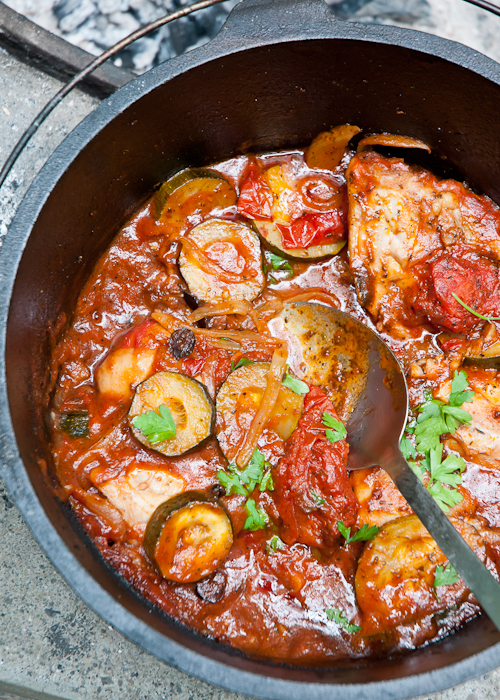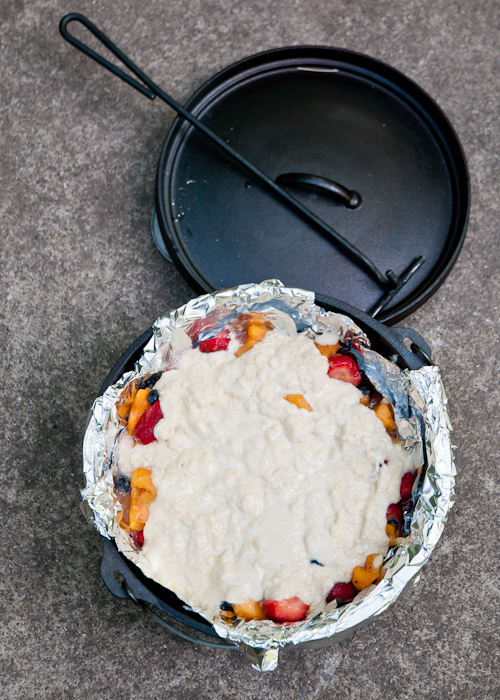COFFEE DRINKERS....THANK ME LATER....
Homemade Coffee Creamer – Over 2 Dozen Flavor Varieties!
SHARE this to your TIMELINE so you won't lose it.
For whatever flavor of creamer you want, you start off with the same basic ‘base’ recipe.
14oz sweetened condensed milk
1 3/4 cup milk or cream (whole, lowfat, skim, almond, soy, heavy cream, half & half etc – whatever your preference, however the more fat, the more creaminess)
Mix the ingredients together well. Add them to a mason jar and shake it like crazy or you could also opt to use an old (washed) creamer container.
French Vanilla Creamer
2 teaspoons vanilla extract OR vanilla coffee syrup
Vanilla Bean Coffee Creamer
2 teaspoons vanilla bean paste
Chocolate
2-3 tablespoons chocolate syrup
(1 tsp vanilla extract, optional)
Chocolate Almond
1 tablespoon cocoa powder
1 teaspoon almond extract
Strudel
1 tablespoon cinnamon
1 teaspoon vanilla extract
1 teaspoon almond extract
Vanilla Caramel
2 tablespoons caramel ice cream topping
2 teaspoons vanilla extract
Chocolate Raspberry
2 teaspoons cocoa powder
2 tablespoons raspberry syrup
Irish Cream
2 tablespoons chocolate syrup
1 teaspoon instant coffee
1-2 teaspoons vanilla extract
1 teaspoon almond extract
Coconut
2 teaspoons coconut extract
Samoa (like the Girl Scout Cookies)
2 teaspoons coconut extract (or sub coconut milk or cream of coconut, heated & strained, for the milk/cream)
2 tablespoons chocolate syrup
2 tablespoons caramel ice cream topping
Peppermint Patty
2 tablespoons chocolate syrup
1 teaspoon peppermint extract
Cinnamon Vanilla
2 teaspoons cinnamon
2 teaspoons vanilla extract
Pumpkin Spice
3 tablespoons pureed pumpkin
1 teaspoon pumpkin pie spice
4 tablespoons maple syrup
1 teaspoon vanilla extract
Honey Vanilla
1/4 cup honey
2 teaspoons vanilla extract
Almond Joy
1-2 teaspoons coconut extract (or sub coconut milk or cream of coconut if you heat it first, strained, in place of the milk & extract)
1 teaspoon almond extract
2 tablespoons chocolate syrup
Sweet Cream
Use 1 3/4 cups of heavy cream instead of the milk in the base recipe
2 teaspoons vanilla extract OR the inside of a vanilla bean, scraped
1 teaspoon almond extract
Chocolate Orange
2 tablespoons chocolate syrup
1-2 teaspoons orange extract
Hazelnut
2 teaspoons hazelnut extract
Chocolate Hazelnut
2 tablespoons chocolate syrup
2 teaspoons hazelnut extract
Cinnamon Cake
2 teaspoons cinnamon
2 teaspoons vanilla extract
Salted Caramel
2-3 tablespoons caramel ice cream topping
1/2 teaspoon salt
Eggnog
replace milk in base recipe with equal amount of heavy cream
1 teaspoons vanilla extract
2 teaspoons rum extract
1 teaspoon ground nutmeg
Toasted Almond
2 teaspoons almond extract
Directions & Tips:
In all these recipes, anything that has a dry or thick ingredient (like cinnamon, honey, etc..) should be heated up with a small amount of your milk/cream from the base recipe so it can dissolve properly. You don’t want grainy creamer! Then, add the rest of the milk/cream along with the sweetened condensed milk.
If you want really creamy creamer, use heavy cream instead of milk in your base recipe.
You'll want to stick a piece of tape on they mason jar lid with the expiration date from the milk used. Use this as a guideline as to when the creamer should be used by.
Please feel free to play around with amounts of extracts and other ingredients used if you like stronger or less intense flavors!! And, let your imagination turn, and make up your own combinations. Use this as inspiration to create your very own perfect homemade flavored creamer!
Homemade Coffee Creamer – Over 2 Dozen Flavor Varieties!
SHARE this to your TIMELINE so you won't lose it.
For whatever flavor of creamer you want, you start off with the same basic ‘base’ recipe.
14oz sweetened condensed milk
1 3/4 cup milk or cream (whole, lowfat, skim, almond, soy, heavy cream, half & half etc – whatever your preference, however the more fat, the more creaminess)
Mix the ingredients together well. Add them to a mason jar and shake it like crazy or you could also opt to use an old (washed) creamer container.
French Vanilla Creamer
2 teaspoons vanilla extract OR vanilla coffee syrup
Vanilla Bean Coffee Creamer
2 teaspoons vanilla bean paste
Chocolate
2-3 tablespoons chocolate syrup
(1 tsp vanilla extract, optional)
Chocolate Almond
1 tablespoon cocoa powder
1 teaspoon almond extract
Strudel
1 tablespoon cinnamon
1 teaspoon vanilla extract
1 teaspoon almond extract
Vanilla Caramel
2 tablespoons caramel ice cream topping
2 teaspoons vanilla extract
Chocolate Raspberry
2 teaspoons cocoa powder
2 tablespoons raspberry syrup
Irish Cream
2 tablespoons chocolate syrup
1 teaspoon instant coffee
1-2 teaspoons vanilla extract
1 teaspoon almond extract
Coconut
2 teaspoons coconut extract
Samoa (like the Girl Scout Cookies)
2 teaspoons coconut extract (or sub coconut milk or cream of coconut, heated & strained, for the milk/cream)
2 tablespoons chocolate syrup
2 tablespoons caramel ice cream topping
Peppermint Patty
2 tablespoons chocolate syrup
1 teaspoon peppermint extract
Cinnamon Vanilla
2 teaspoons cinnamon
2 teaspoons vanilla extract
Pumpkin Spice
3 tablespoons pureed pumpkin
1 teaspoon pumpkin pie spice
4 tablespoons maple syrup
1 teaspoon vanilla extract
Honey Vanilla
1/4 cup honey
2 teaspoons vanilla extract
Almond Joy
1-2 teaspoons coconut extract (or sub coconut milk or cream of coconut if you heat it first, strained, in place of the milk & extract)
1 teaspoon almond extract
2 tablespoons chocolate syrup
Sweet Cream
Use 1 3/4 cups of heavy cream instead of the milk in the base recipe
2 teaspoons vanilla extract OR the inside of a vanilla bean, scraped
1 teaspoon almond extract
Chocolate Orange
2 tablespoons chocolate syrup
1-2 teaspoons orange extract
Hazelnut
2 teaspoons hazelnut extract
Chocolate Hazelnut
2 tablespoons chocolate syrup
2 teaspoons hazelnut extract
Cinnamon Cake
2 teaspoons cinnamon
2 teaspoons vanilla extract
Salted Caramel
2-3 tablespoons caramel ice cream topping
1/2 teaspoon salt
Eggnog
replace milk in base recipe with equal amount of heavy cream
1 teaspoons vanilla extract
2 teaspoons rum extract
1 teaspoon ground nutmeg
Toasted Almond
2 teaspoons almond extract
Directions & Tips:
In all these recipes, anything that has a dry or thick ingredient (like cinnamon, honey, etc..) should be heated up with a small amount of your milk/cream from the base recipe so it can dissolve properly. You don’t want grainy creamer! Then, add the rest of the milk/cream along with the sweetened condensed milk.
If you want really creamy creamer, use heavy cream instead of milk in your base recipe.
You'll want to stick a piece of tape on they mason jar lid with the expiration date from the milk used. Use this as a guideline as to when the creamer should be used by.
Please feel free to play around with amounts of extracts and other ingredients used if you like stronger or less intense flavors!! And, let your imagination turn, and make up your own combinations. Use this as inspiration to create your very own perfect homemade flavored creamer!
![COFFEE DRINKERS....THANK ME LATER....
Homemade Coffee Creamer – Over 2 Dozen Flavor Varieties!
SHARE this to your TIMELINE so you won't lose it.
For whatever flavor of creamer you want, you start off with the same basic ‘base’ recipe.
14oz sweetened condensed milk
1 3/4 cup milk or cream (whole, lowfat, skim, almond, soy, heavy cream, half & half etc – whatever your preference, however the more fat, the more creaminess)
Mix the ingredients together well. Add them to a mason jar and shake it like crazy or you could also opt to use an old (washed) creamer container.
French Vanilla Creamer
2 teaspoons vanilla extract OR vanilla coffee syrup
Vanilla Bean Coffee Creamer
2 teaspoons vanilla bean paste
Chocolate
2-3 tablespoons chocolate syrup
(1 tsp vanilla extract, optional)
Chocolate Almond
1 tablespoon cocoa powder
1 teaspoon almond extract
Strudel
1 tablespoon cinnamon
1 teaspoon vanilla extract
1 teaspoon almond extract
Vanilla Caramel
2 tablespoons caramel ice cream topping
2 teaspoons vanilla extract
Chocolate Raspberry
2 teaspoons cocoa powder
2 tablespoons raspberry syrup
Irish Cream
2 tablespoons chocolate syrup
1 teaspoon instant coffee
1-2 teaspoons vanilla extract
1 teaspoon almond extract
Coconut
2 teaspoons coconut extract
Samoa (like the Girl Scout Cookies)
2 teaspoons coconut extract (or sub coconut milk or cream of coconut, heated & strained, for the milk/cream)
2 tablespoons chocolate syrup
2 tablespoons caramel ice cream topping
Peppermint Patty
2 tablespoons chocolate syrup
1 teaspoon peppermint extract
Cinnamon Vanilla
2 teaspoons cinnamon
2 teaspoons vanilla extract
Pumpkin Spice
3 tablespoons pureed pumpkin
1 teaspoon pumpkin pie spice
4 tablespoons maple syrup
1 teaspoon vanilla extract
Honey Vanilla
1/4 cup honey
2 teaspoons vanilla extract
Almond Joy
1-2 teaspoons coconut extract (or sub coconut milk or cream of coconut if you heat it first, strained, in place of the milk & extract)
1 teaspoon almond extract
2 tablespoons chocolate syrup
Sweet Cream
Use 1 3/4 cups of heavy cream instead of the milk in the base recipe
2 teaspoons vanilla extract OR the inside of a vanilla bean, scraped
1 teaspoon almond extract
Chocolate Orange
2 tablespoons chocolate syrup
1-2 teaspoons orange extract
Hazelnut
2 teaspoons hazelnut extract
Chocolate Hazelnut
2 tablespoons chocolate syrup
2 teaspoons hazelnut extract
Cinnamon Cake
2 teaspoons cinnamon
2 teaspoons vanilla extract
Salted Caramel
2-3 tablespoons caramel ice cream topping
1/2 teaspoon salt
Eggnog
replace milk in base recipe with equal amount of heavy cream
1 teaspoons vanilla extract
2 teaspoons rum extract
1 teaspoon ground nutmeg
Toasted Almond
2 teaspoons almond extract
Directions & Tips:
In all these recipes, anything that has a dry or thick ingredient (like cinnamon, honey, etc..) should be heated up with a small amount of your milk/cream from the base recipe so it can dissolve properly. You don’t want grainy creamer! Then, add the rest of the milk/cream along with the sweetened condensed milk.
If you want really creamy creamer, use heavy cream instead of milk in your base recipe.
You'll want to stick a piece of tape on they mason jar lid with the expiration date from the milk used. Use this as a guideline as to when the creamer should be used by.
Please feel free to play around with amounts of extracts and other ingredients used if you like stronger or less intense flavors!! And, let your imagination turn, and make up your own combinations. Use this as inspiration to create your very own perfect homemade flavored creamer!
✿´¯`*•.¸¸✿Follow me for daily recipes, fun & handy tips, motivation, DIY ideas and feel free to share your favorite things too:) @[146302438891712:69:Iris's Healthy Friends]
♥♥♥SHARE so you can find it on your timeline♥♥♥
Join us for healthier alternatives and weight loss support at](https://sphotos-a-dfw.xx.fbcdn.net/hphotos-ash3/1176382_10201069070661240_344346794_n.jpg)
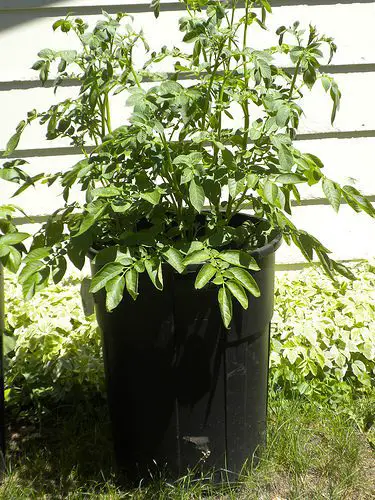
![NO BAKE - Cream Cheese, Coconut, Snowball's Recipe
1 package (8 ounces) cream cheese, softened.
1 can (8 ounces) crushed pineapple, well drained.
1 cup chopped pecans
3 cups flaked coconut.
In a small bowl, beat cream cheese and pineapple until combined then fold in the pecans. Cover and refrigerate for 1 hour.
Take out of refrigerator and roll into 1-inch balls; then roll the balls in the coconut. Refrigerate for 4 hours or overnight.
Yield: about 2 dozen.
Fore more tip's, health recipes and more join our group at @[485615798160235:69:Get Fit and Toned]
If you like this recipe please share.](https://sphotos-a-ord.xx.fbcdn.net/hphotos-ash3/63156_10151572166183330_655017289_n.jpg)


